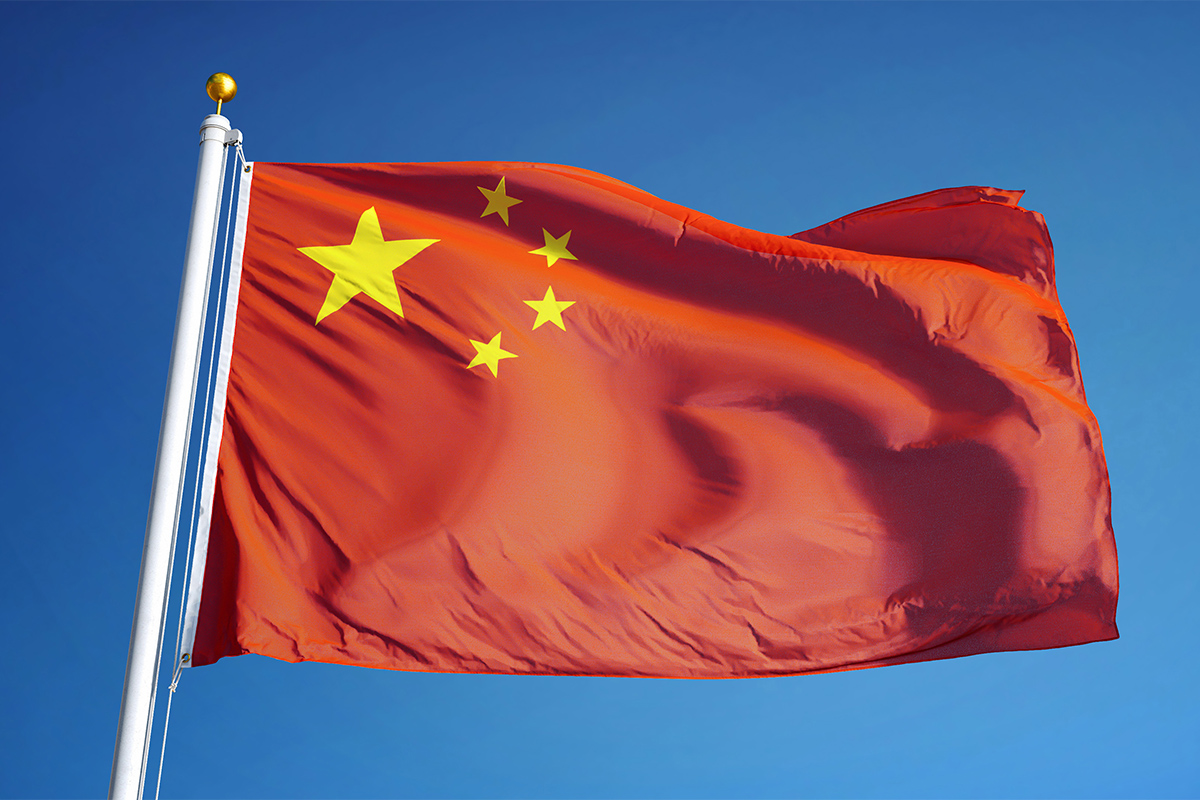New EU strategy for sustainable and circular textiles
The EU Commission launched a public consultation regarding a revision of the Textile Labelling Regulation.
This move is a part of the EU strategy for sustainable and circular textiles, whose goal is to reduce the impact of textile production on the environment. And the strategy itself implements commitments of the European Green Deal, the Circular Economy Action Plan and the European industrial strategy.
Harmonization of EU legislation
The intention of the revision of the Textile Labelling Regulation is to create a single and uniform set of rules on labelling requirements, on all potentially relevant labelling domains, for textile and related products (such as leather and fur products of apparel, clothing accessories and interior/household products, with the exclusion of footwear). The main problems the Commission wants to tackle are
- the fragmentation of the single market;
- the lack or deficiency of information to consumers; and
- the environmental (including climate) sustainability of the textiles sector.
Currently, harmonized textile labelling rules apply mostly to fiber composition of textile products. Other information to be provided on the label may be required by member states on an individual basis, which may lead to disparate rules throughout the EU and lead to increased compliance costs for companies and confusion and lack of information to consumers.
A comprehensive action plan
Textiles in the EU will be affected not only by the reviewed Textile Labelling Regulation, but also by some other legislative actions, such as
- the proposed Ecodesign for Sustainable Products Regulation (ESPR) and its Digital Product Passport;
- the proposed amendment of the Waste Framework Directive (WFD) regarding textile waste;
- the proposed Empowering Consumers Directive (regarding e.g. green claims).
All the above planned regulatory changes aim at making textiles more sustainable and the textile industry more circular. This will be achieved among others through the following actions:
- Establish textile design standards aimed at enhancing durability, facilitating easier repair and recycling, and specifying minimum recycled content requirements.
- Implement clearer communication methods, including the introduction of a Digital Product Passport.
- Counteract overproduction and overconsumption while discouraging the disposal of unsold or returned textiles.
- Address the inadvertent release of microplastics from synthetic textiles.
- Combat greenwashing to empower consumers and promote awareness of sustainable fashion.
- Enforce mandatory and standardized Extended Producer Responsibility rules for textiles across all Member States and encourage producers to design more sustainable products.
The public consultation about the revision of the Textile Labelling Regulation is available HERE.



